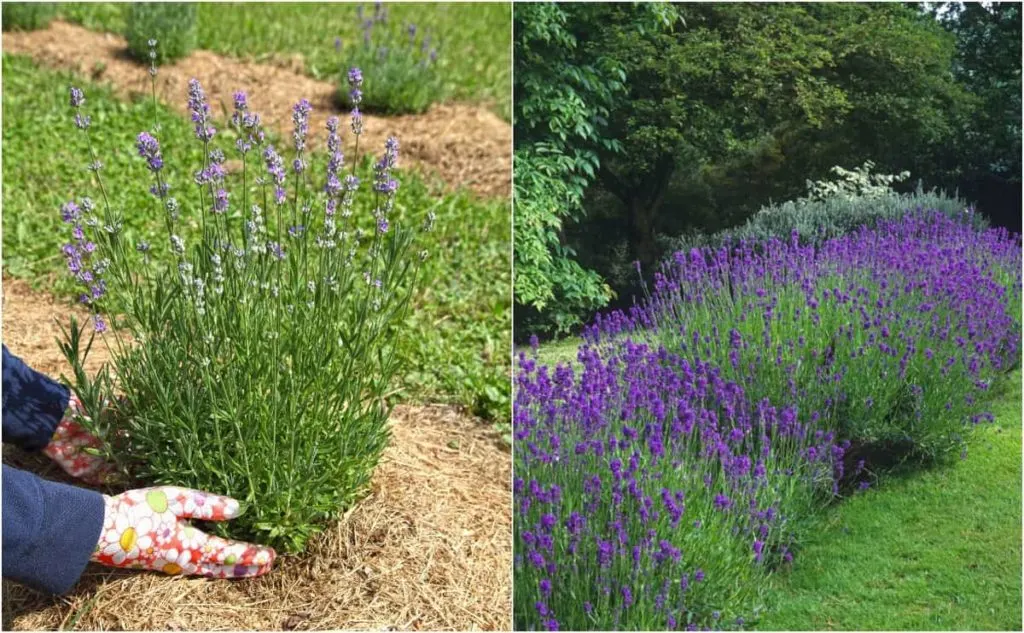
As I’m writing this article, closely on the heels of the spring equinox, I’m looking out the window at my garden just starting to wake up from its slumber. One job on my gardening to-do list that I need to get to by the end of the month is pruning my lavender. Even though I gave this perennial a prune last fall, I will still need to do a bit of tidying up in preparation for a new season of growth.
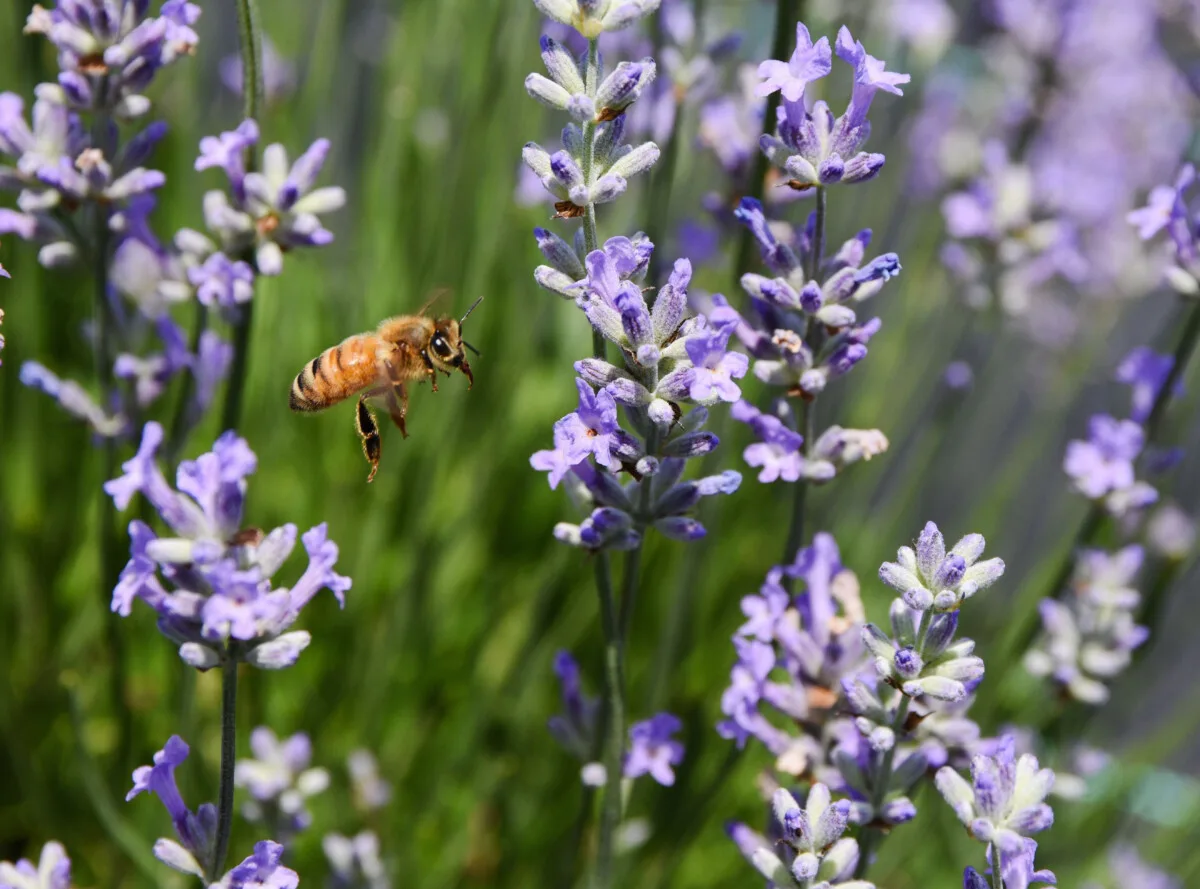
I used to find pruning lavender endlessly intimidating when I was growing it in my first “grown up garden.” Perhaps it was because pruning happens when the plant is still growing. Or perhaps because, between floating buds and silvery tangled foliage, I didn’t know how far to cut back my lavender.
Three gardens later, it somehow doesn’t seem as scary anymore. I’ve made my share of mistakes, from skipping pruning to pruning too hard into the old wood. I’ve also killed some lavender by planting them in very moist soil and I’ve stunted others by planting them in too much shade.
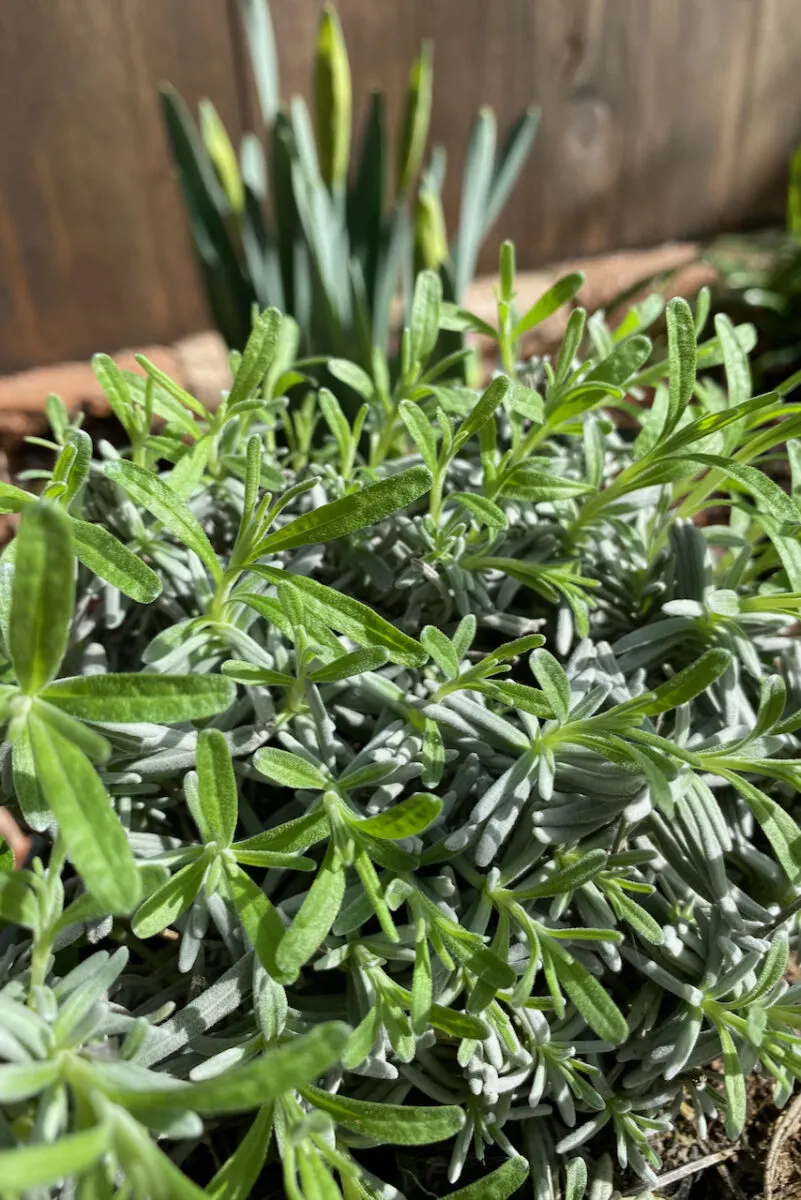
If you also find lavender pruning confusing, I’m here to cheer you on and offer some tips along the way.
How to prune lavender in spring
As I hinted at before, lavender spring pruning is merely a tidy up. That is, if you’ve done your pruning right last summer, there won’t be too much left to remove now. But try not to skip it either way. A good spring tidy up stimulates growth and prepares the plant for luscious flowering in the summer.
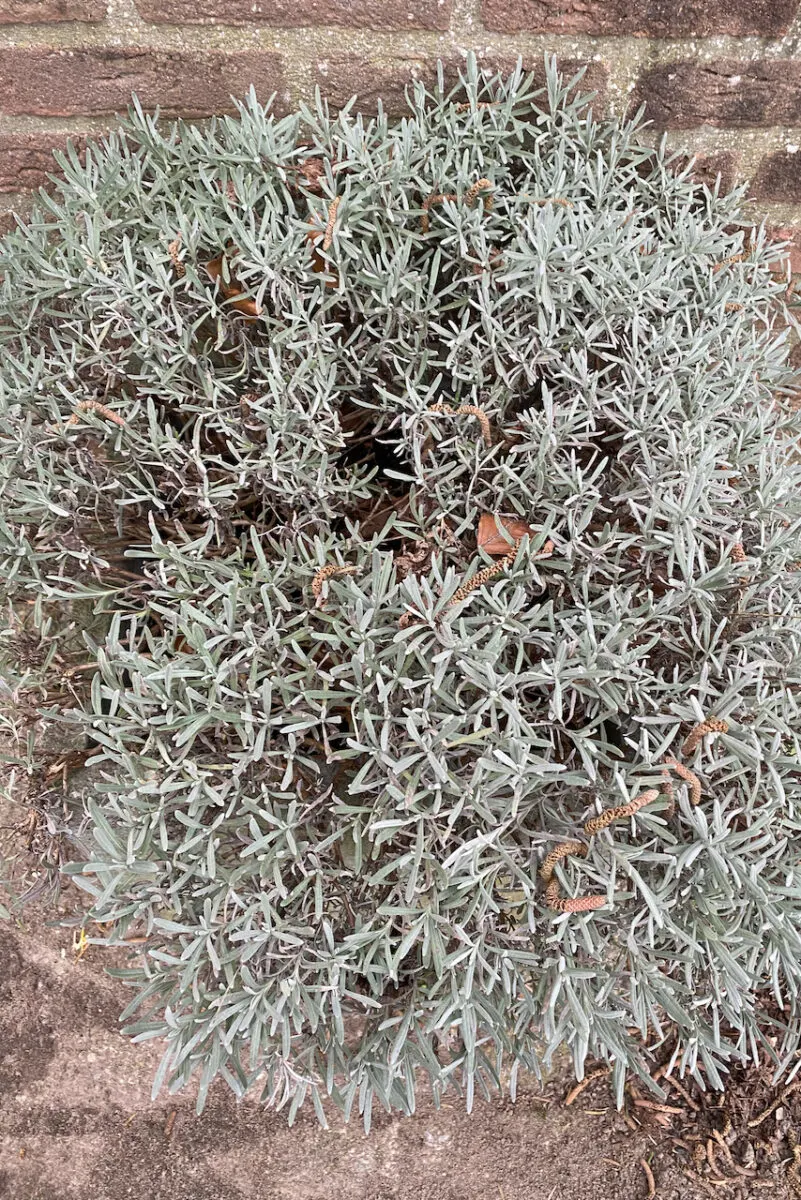
Remove damaged growth.
I’ve learned that growing French lavender in my decidedly non-Mediteranean climate is a futile exercise in (im)patience. That’s why I’ve slowly switched to only growing English lavender (Lavandula angustifolia). In theory, this type of lavender is winter hardy. It should withstand temperatures as low as 5F (-15C).
In practice, some of my lavender didn’t like the cold freezing winds this winter. We had at least three frost spells this winter, each lasting from a week up to ten days, so some of my lavender that was in a more exposed location took a bit of a beating.
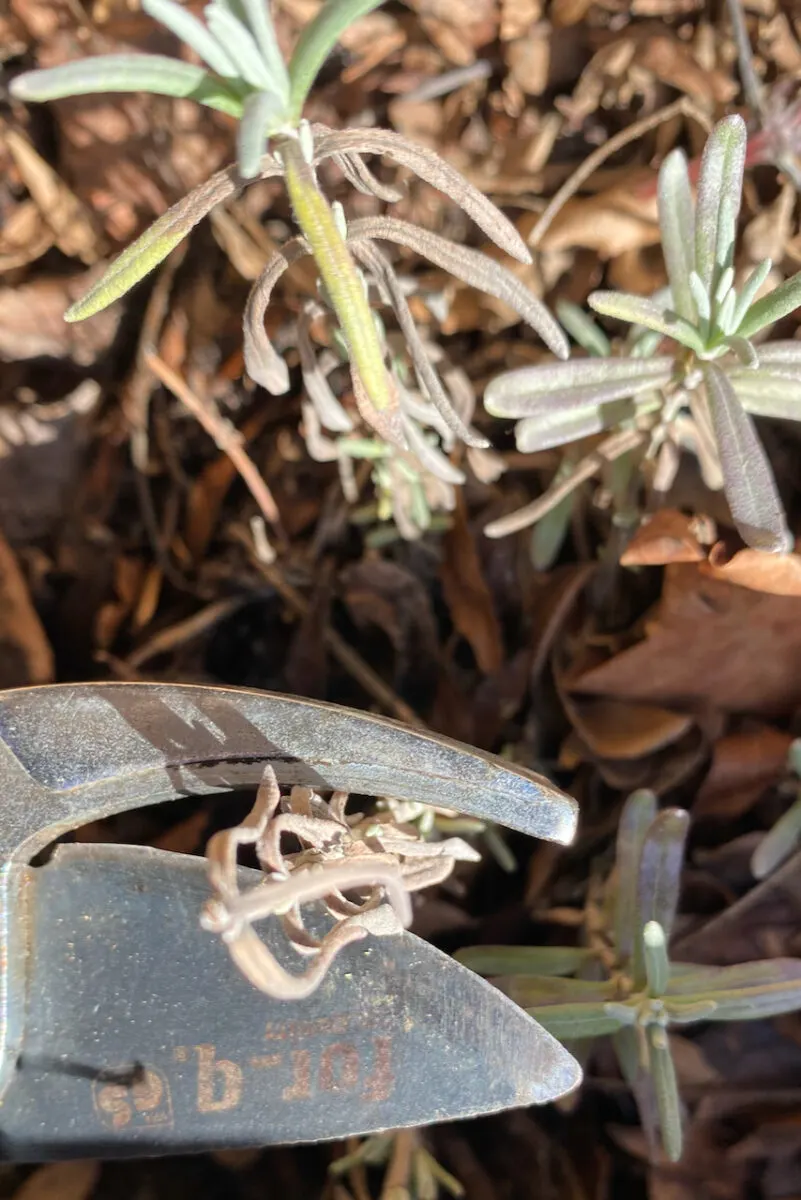
So when I’m pruning my lavender in spring, I make sure to remove these damaged stems first and see what’s left. Luckily, not a lot of my lavender was affected and the plant itself still seems to be growing strong.
Remove last year’s buds, if any are left.
I pruned most of my lavender in late August. But there are still some errant dry buds that escaped my shears last summer, so now’s the time to remove them.
If this is your first year growing lavender, and you skipped fall pruning, there’s still time to catch up. If that’s the case, chances are your lavender looks like a bit of a fragrant porcupine at this point. You can fix that.
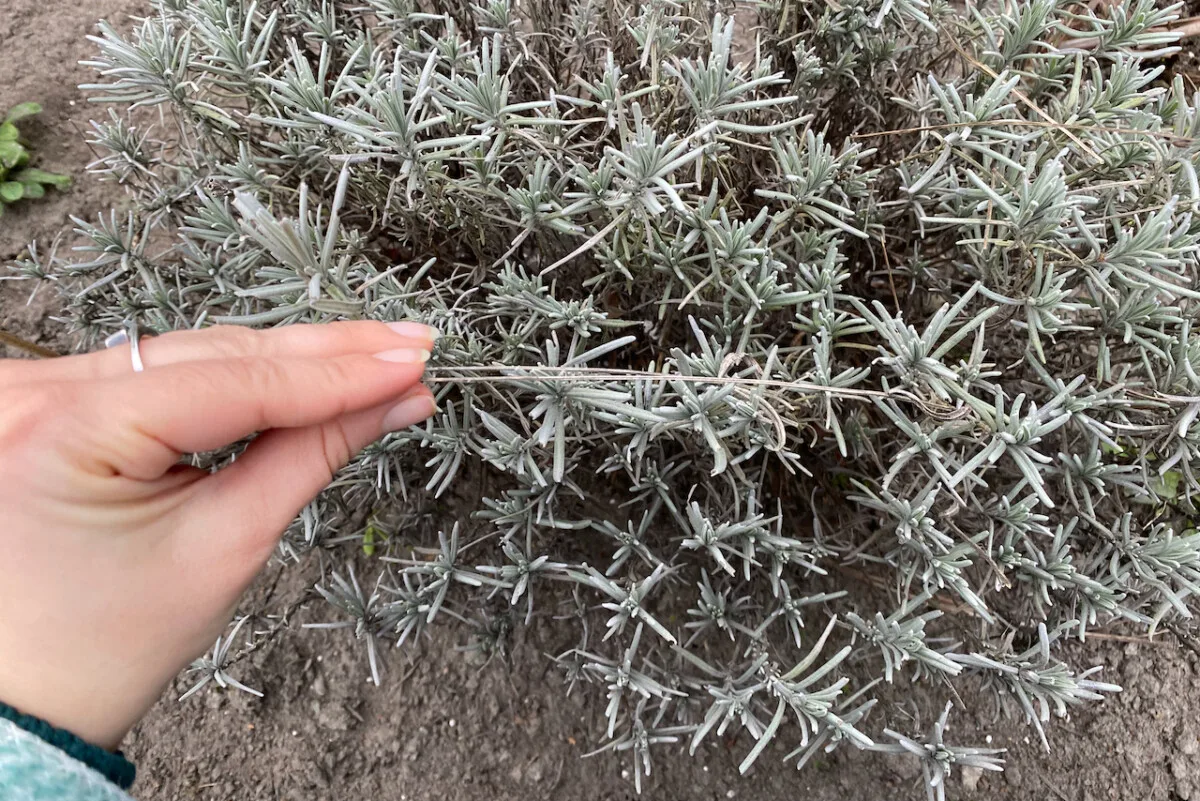
Start by cutting off the dry buds and their stems (the stick that’s holding the plant upright) all the way down to the first set of leaves. That’s all we’re doing now, so not intimidating at all, right?
Your goal at this stage is to have zero dry buds left on your lavender.
Remove enough off the top to keep the lavender compact
Ok, once that first cleanup is done, we can cut a bit more into the foliage. Our goal is to remove just enough in order to shape the lavender into a mound-like structure. So a little bit higher and rounded in the middle and slightly tapering down towards the margins.
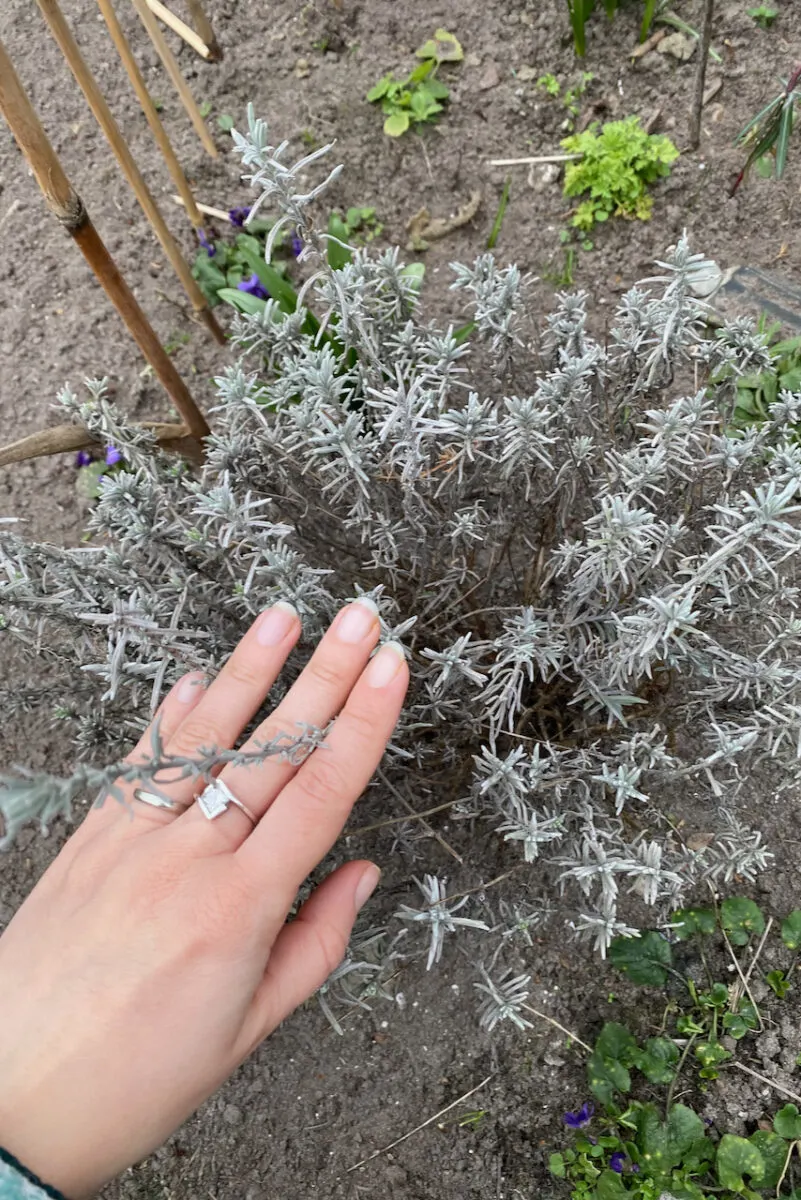
Of course, you can always prune your lavender in other shapes too, such as a box-like hedge shape. The choice is yours, depending on how this herbaceous perennial fits into your gardening aesthetic.
Take a look at the oldest growth (darker in color) and trim back a couple of inches down to a branching point. While doing this, try to remove as little new growth as possible. It’s the new growth that will flower this year.
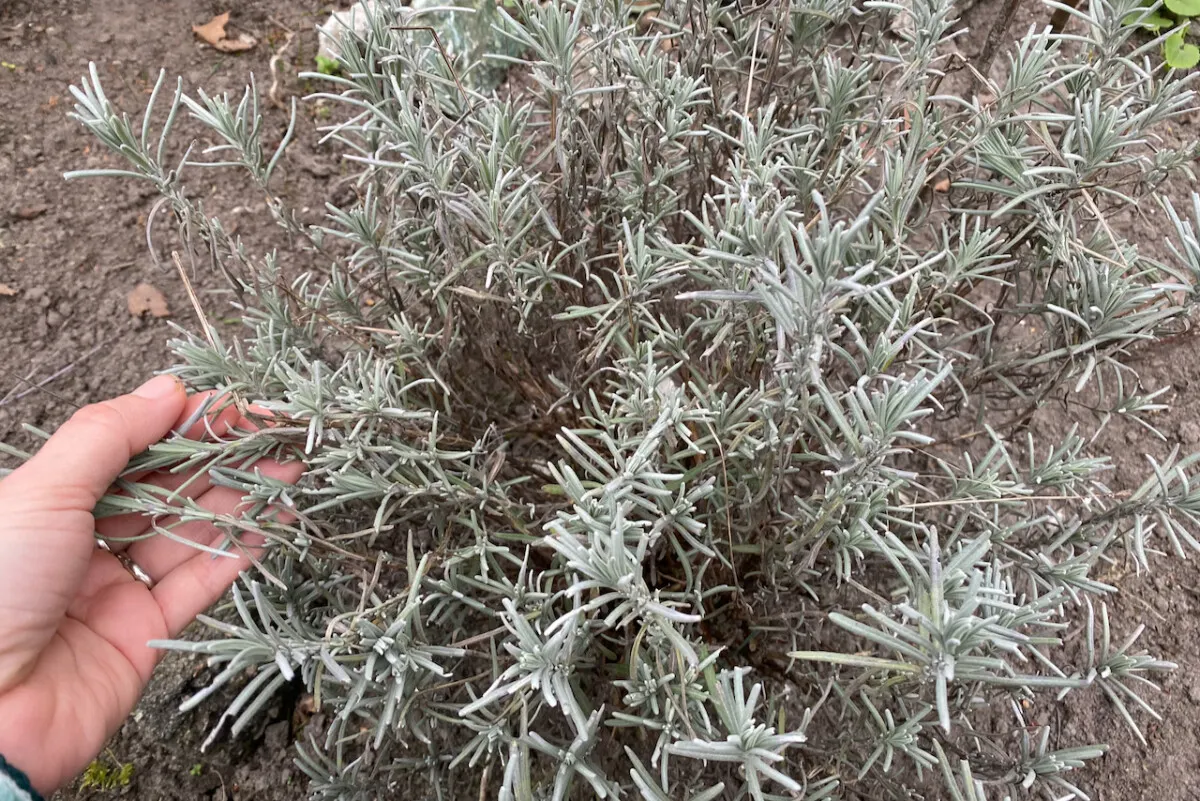
Whatever you do, don’t cut all the way down to the bare woody stems. Unfortunately, lavender will not regenerate from old wood that isn’t showing any sign of new sprouting.
If you’re a gardening pro, of course you can combine all these three steps into one. But if you’re just learning how to keep your lavender happy, take it one step at a time.
How to prune lavender in the fall.
The best time to prune lavender, in most gardening zones, is in the fall. Or rather, late summer and early fall, depending on your climate and how early your lavender blooms are spent.
Remove the blooms once they’re past their prime.
Lavender flowers are an absolute pollinator buffet, so I wait until the flowers dry out and the bees lose interest before I do any pruning. By this point, I’m also likely to have removed some of the flowers to use in lavender satchels or to infuse in ice tea and lemonade.
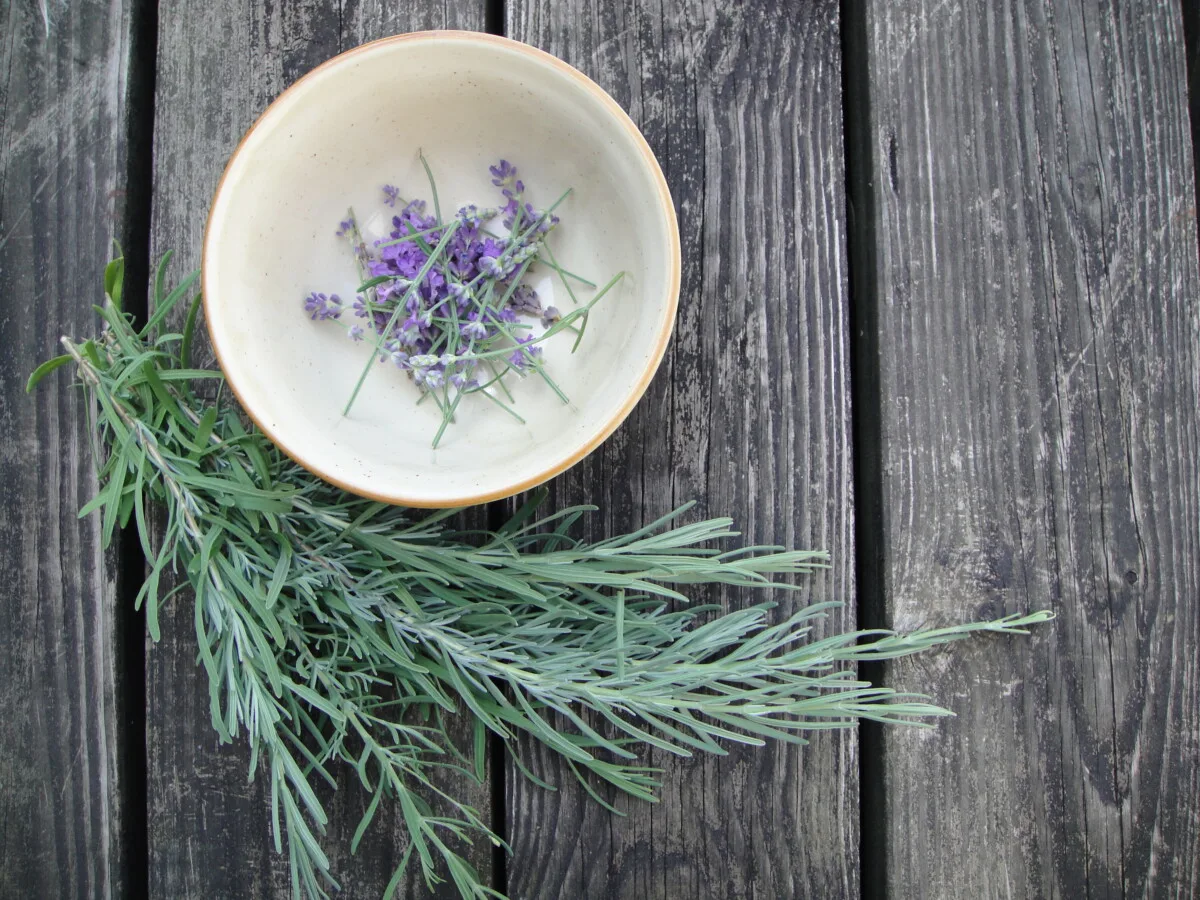
However, I don’t wait too long, just until the blooms lose their lavender color. Waiting too long means that the plant will expend energy on setting seed rather than on new growth. Pruning early (sometimes as early as mid-August) gives the lavender a chance to start putting out new growth when the weather is still nice and mild.
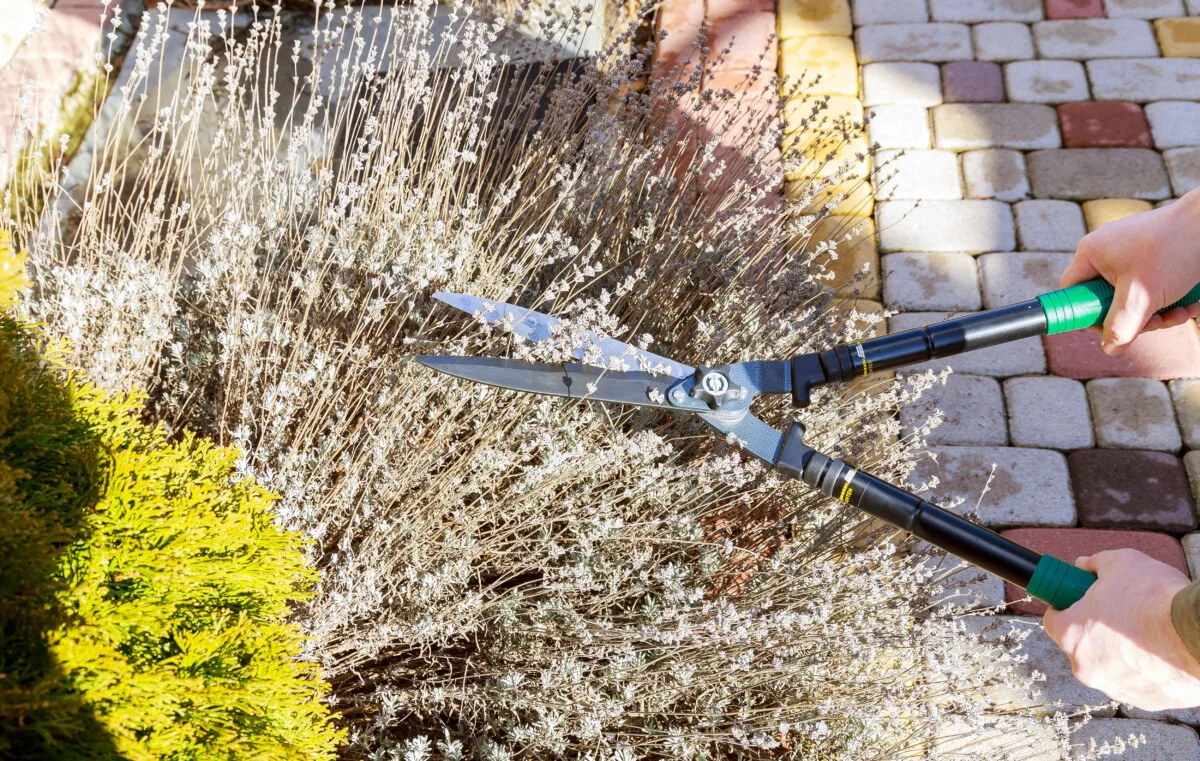
On the other hand, if you procrastinate too long into the fall, your lavender might start putting out new post-prune growth when the weather is already turning cold. This won’t kill the entire plant, of course, but it might kill the young shoots. I suspect this is what happened to my own lavender this winter. The fresh shoots were simply too tender to withstand a longer freeze.
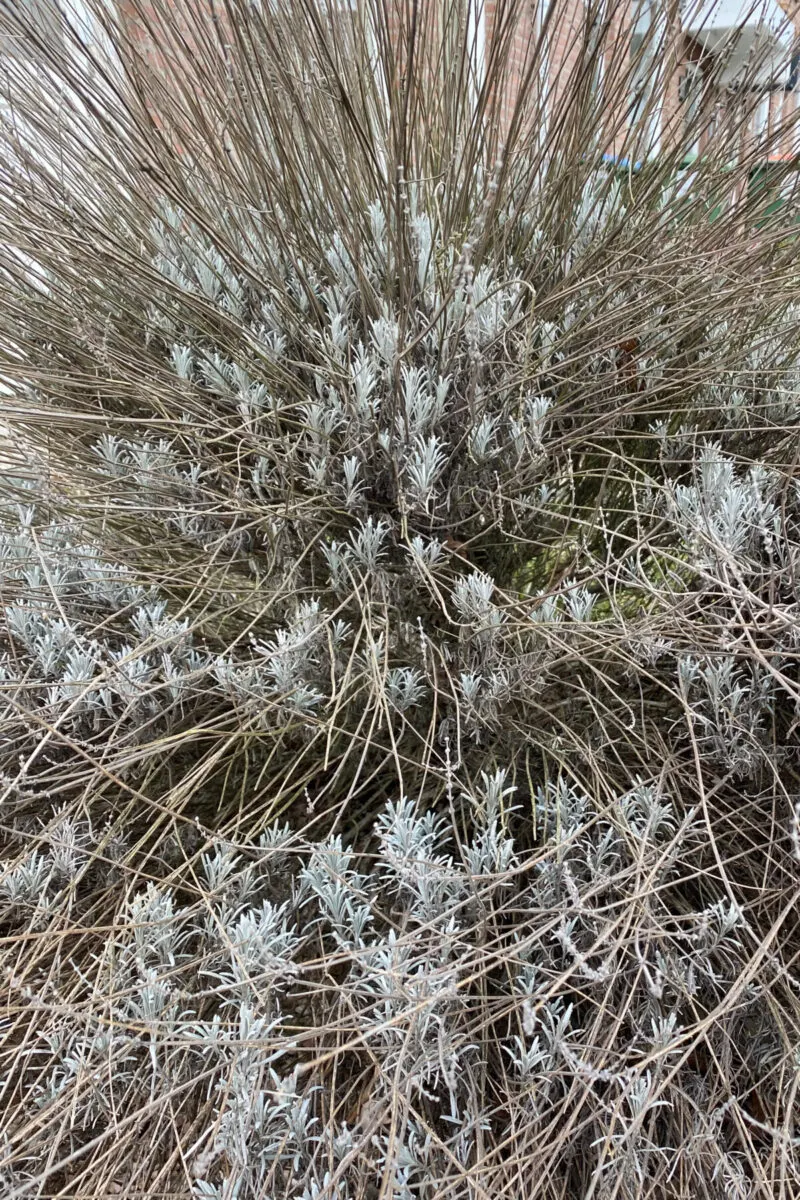
Remove some of the old growth.
Now that the dry flowers are out of the way, you can assess what you have growing underneath. It’s time to take off some of that old deadweight. You can prune your lavender pretty hard (certainly harder than you would have done in spring), as long as you leave some of the new growth on.
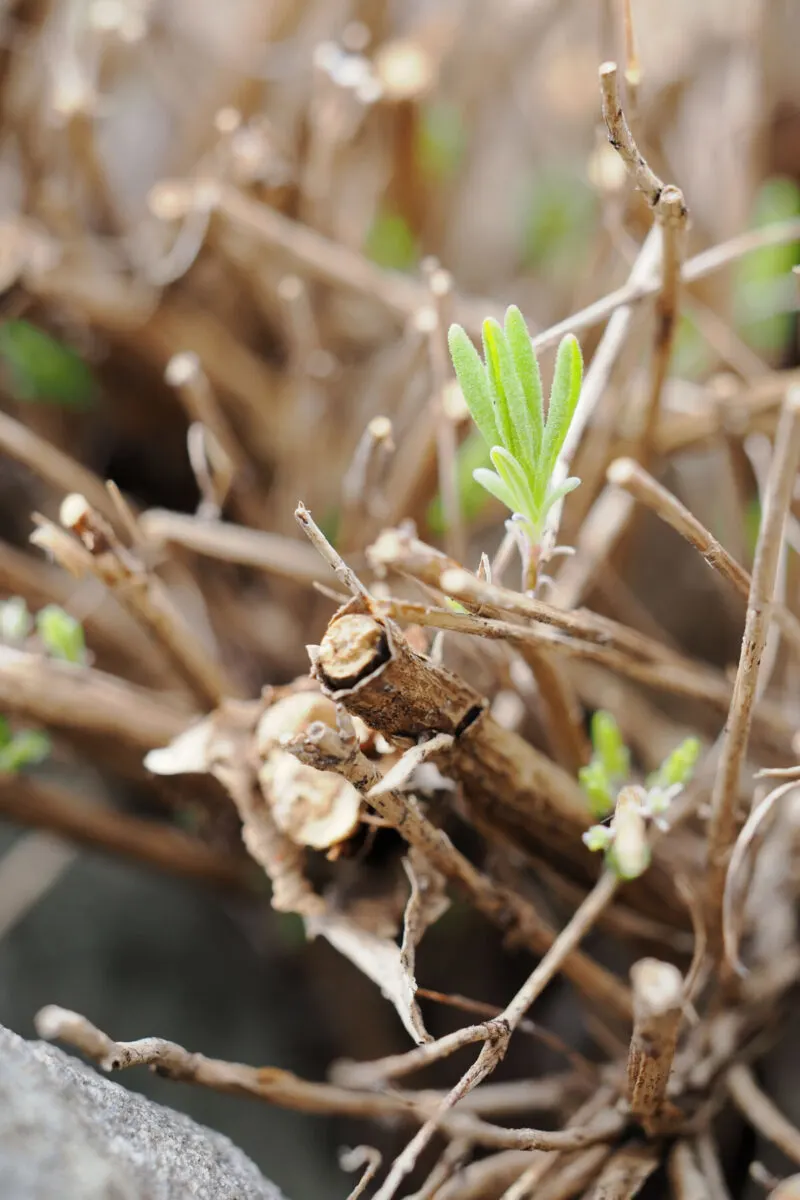
As I mentioned above, the trick is to not just leave bare old wood and expect it to sprout. There has to be new growth left on it in order for the plant to resume growing next spring.
Gather up the lavender, one handful at a time, and flatten it to find the babies growing off the main shoot. Then cut right above the topmost new growth. You can cut even lower than that (about a couple of inches above the woody stems), as long as you leave some fresh growth on. I prefer to cut higher because my growing season is fairly short and I want to make sure my lavender has enough height to catch up.
Finish by tidying up your lavender into the shape you want.
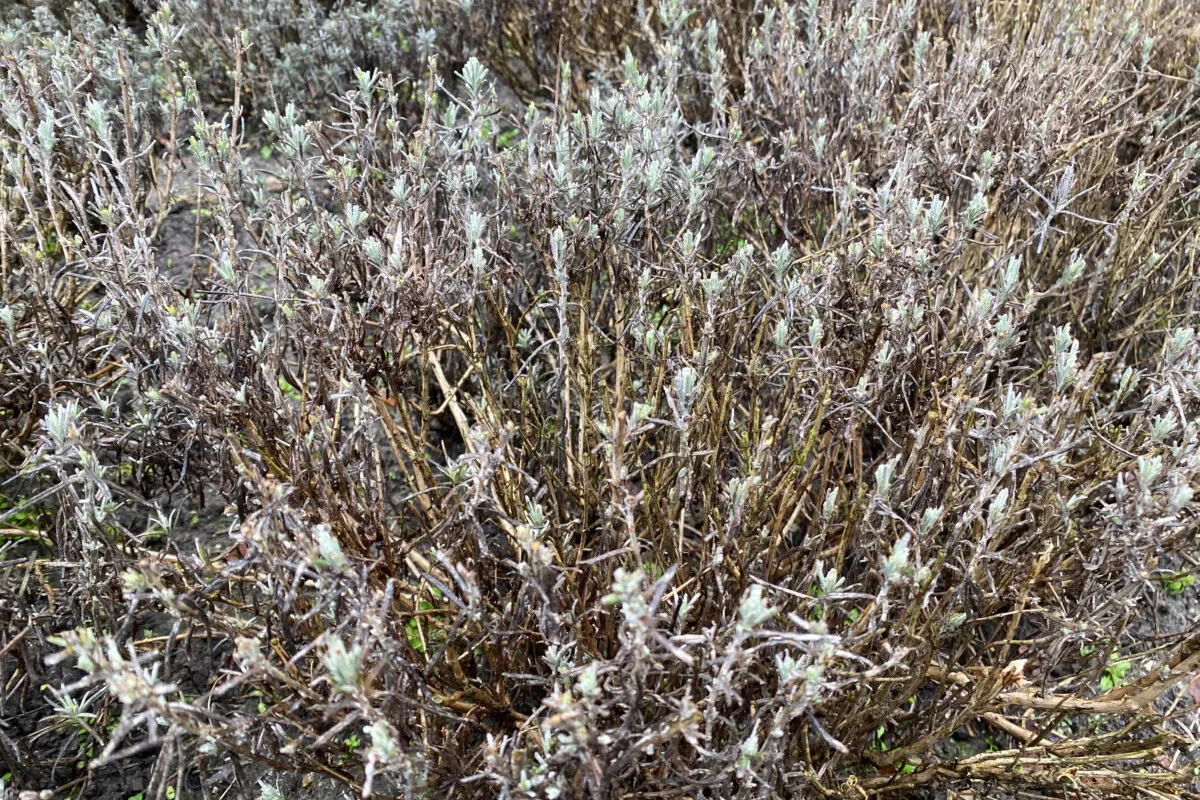
My lavender has become very woody. What can I do?
I’m sorry to say this, but lavender has a tendency to do that after a few years. In fact, I’d go as far as saying that if your lavender has hit the six-year mark without turning woody, you may have the greenest thumb ever. Pruning will rejuvenate it, but there’s a limit to what pruning can do. You may be able to prolong your plant’s life by a few more years, but eventually you’ll need to start anew with young plants.
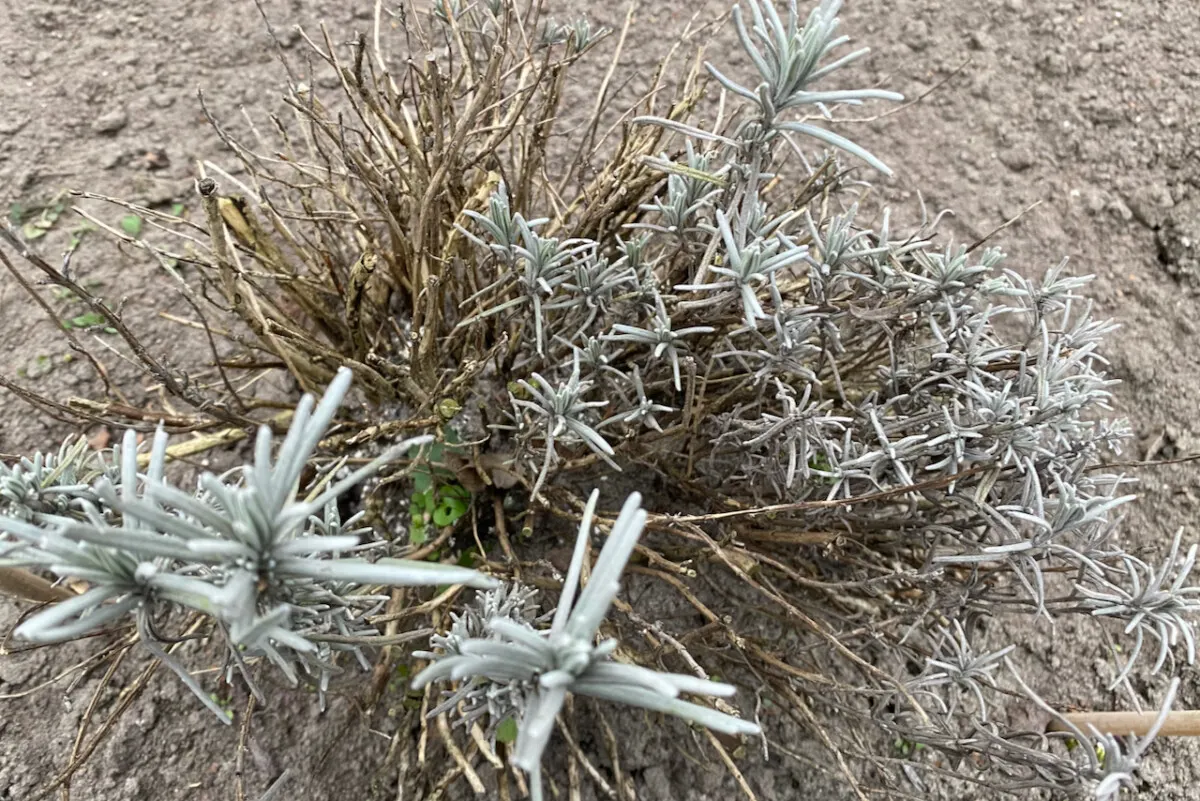
However, the more you skip pruning your lavender, the faster it will turn leggy and sparse. Often, this is also coupled with very poor flowering. Don’t just deadhead the spent blooms, but really cut into the old growth in the fall.
The secret to pruning lavender is cutting it in moderation. Don’t cut too low into the woody stems, but don’t just give it a light top prune either.


